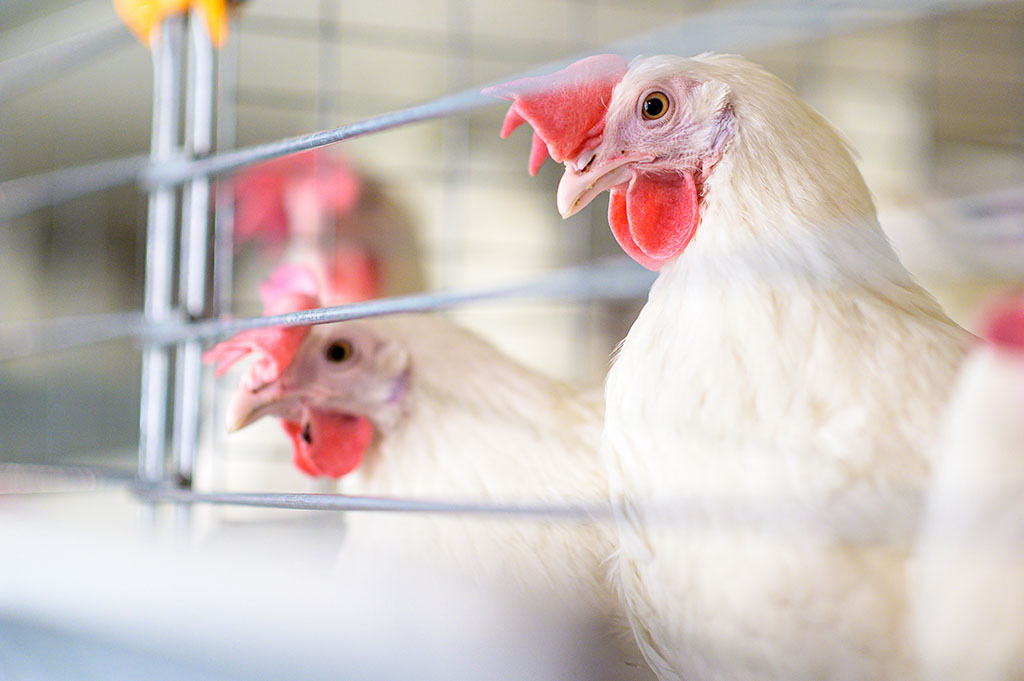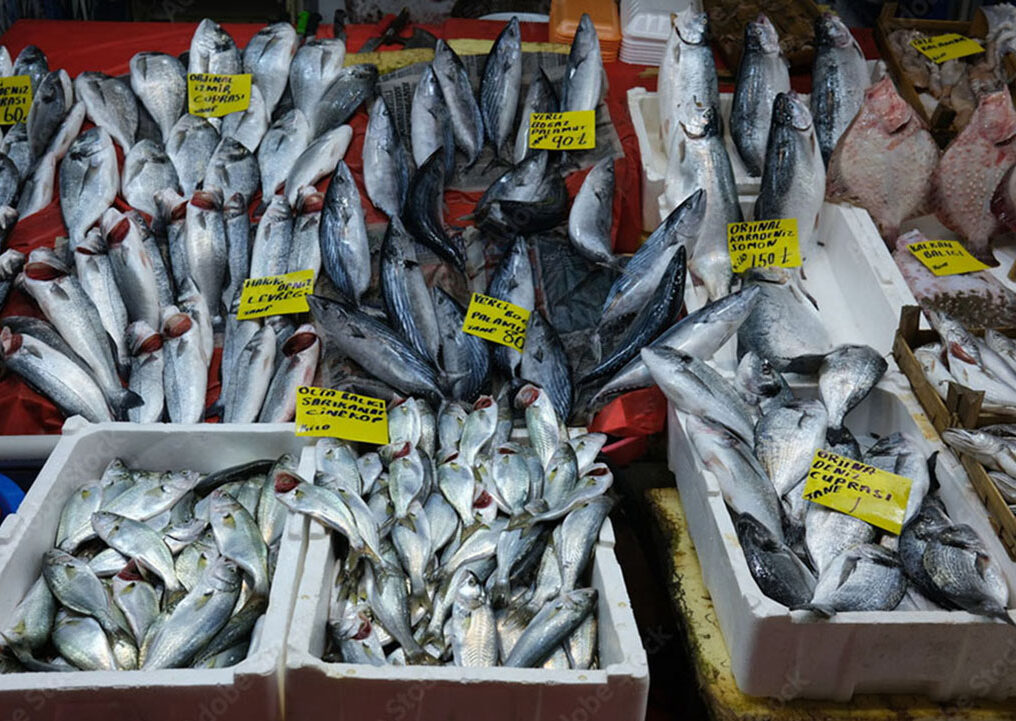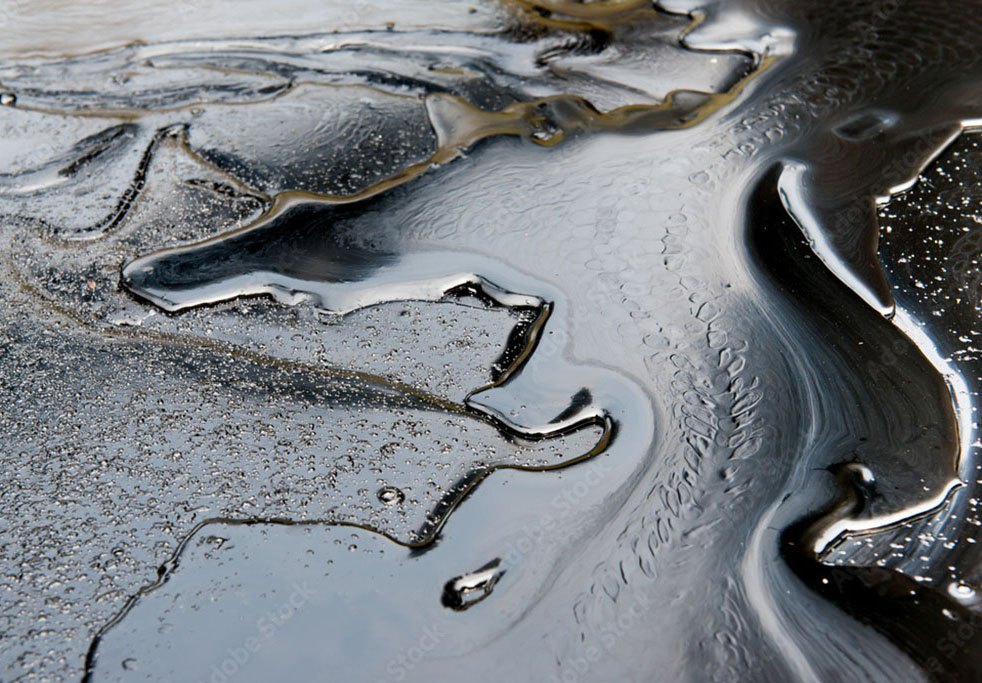INDUSTRIES
SOLID WASTE MANAGEMENT
Our De-centralized/Captive Solid Waste Management is an approach to provide a clean environment and hygienic living conditions by reducing the quantity of waste at source itself. Rapid Composting systems of variable capacities are used to manage the disposal of solid waste generated by households, commercial establishments, and institutions. Our systems are designed to manage waste in a way that is environmentally friendly and sustainable, while also generating energy and useful value-added products.
By implementing effective MSW treatment systems, communities can reduce waste and promote sustainability
Here’s a brief overview of the MSW treatment system:
- Collection: The first step in MSW treatment is the collection of waste from households and businesses. The waste is then transported to a transfer station or landfill.
- Sorting and Separation: At the transfer station or landfill, the waste is sorted and separated into different categories such as organic waste, recyclables, and non-recyclables.
- Recycling: Recyclable materials such as paper, plastics, and metals are sent to recycling facilities where they are processed and turned into new products.
- Rapid High Speed Fermention & Drying : Organic waste such as food and yard waste can be composted within 48 hrs to produce nutrient-rich soil amendments for gardening and farming, where it helps to improve soil structure by increasing aeration, water holding capacity, and nutrients.
SLAUGHTERHOUSE WASTE TREATMENT
Slaughterhouse wastes are a potential reservoir of bacterial, viral and parasitic pathogens, capable of infecting both animals and humans. Quick, cost effective and safe disposal method is thus essential in order to reduce the risk of disease following animal slaughter. Slaughter waste accounts for about 49% of a cattle carcass; 44% of a pig; and 37% of a chicken.
Rapid High Speed Fermentation & Drying:
JERS High Speed Fermenting process is an aerobic process by which organic materials are degraded through the activities of successive groups of microorganisms and the introduced Indigenous Effective Microbes (IEM). Substrates can include different types of organic wastes such as sewage sludge, pig, cattle or poultry manure, Slaughter house wastes, garden waste and municipal solid waste. The positive effects of composts on arable soil have been reported all over.
POULTRY WASTE TREATMENT
Our Poultry waste treatment process is carried out by managing the waste generated by poultry farms, including chicken carcass waste and turkey manure, feathers, bedding material, and hatchery waste
Here’s a brief overview of poultry waste treatment
Rapid High Speed Fermentation & Drying : JERS High Speed Fermenting process is an aerobic process by which organic poultry waste materials are degraded through the activities of successive groups of microorganisms and the introduced Indigenous Effective Microbes (IEM). Substrates can include different types of organic wastes such as slaughter waste comprising internal organs, feathers or poultry manure. The positive effects of composts on arable soil have been reported all over.
Rendering: The non-edible waste is typically processed using rendering technology, which involves cooking the waste at high temperatures to extract the fat and protein. The resulting products can be used in various applications, such as animal feed, biodiesel production, and fertilizer.
FISH WASTE
TREATMENT
Ever since the fish protein from sea became an important raw material for feed industries, the percentage of discards has come down substantially and low value bycatch from trawlers and waste generated by fish processing plants are used extensively to feed livestock/fish, either directly or through reduction to fish meal/oil.
Sizable amount of low value fishes are landed across the landing centers on account of targeted fishing. Low value fishes include juveniles, bycatch, trash fishes and discards and it is estimated that around 30% of the mechanized landings constitute low value fishes which has a huge untapped economic value.
Fish wastes such as guts and gonads of tunas account for 8% of the total body weight. Head, fins, mid bone, tails and gills of tunas contribute to 20- 25% of the total body weight. Hence 30-35% of the total body weight of tuna is waste and can be utilized in silage production.
Our Fish waste treatment process is carried out by managing the waste generated by fish processing plants, aquaculture operations, and seafood markets. By using our advanced technologies and best practices, fish waste is transformed into valuable products, reducing waste and thus promoting sustainability in the seafood industry.
JERS uses the only eco-friendly approach utilizing its High speed Fermenting process to process fish waste into high value fishmeal
JERS HIGH SPEED FERMENTING FISHMEAL PROCESS
JERS uses the only eco-friendly approach utilizing its High speed Fermenting process to process fish waste into high value fishmeal
• Fishmeal produced with fermentation techniques is a new feed source for the animals. Two processing methods used for producing fish meal mostly are drying and fermentation
• The fermentation procedure is a new method for producing fish meal.
• Fermented fish meal is produced by mixing fish or fish waste with a source of fermentative microorganisms (biological fermentation)
• Fermentation is a unique process which will improve the nutritional value of feed ingredients. Fermentation reduces the presence of exoskeletal chitin.
BENEFITS
• Bacterial fermentation for process sing of fishmeal holds promise for growth enhancement and immunostimulants in aquaculture.
• Fermentation also increases the availability of certain vitamins viz., riboflavin, thiamine, niacin, B6, B12 and folic acid levels.
• Organic acids produced through fermentation by Indigenous Effective Microbes (IEM) organisms result in reduction of product acidity.
• More than 60% of crude protein in fermented product using different microorganisms can be recovered that could be the best alternative ingredient in aquafeed in comparison with unfermented fish meal.
• High quality fermented fish meal containing enzymes (-amylase and acidic protease) can be produced using the fermentation method that increased the CP (Crude Protein) and DM (Digestibility matter) digestibility of fermented product.
GLASS, PLASTICS & TEXTILE WASTE TREATMENT
The treatment of glass, plastic, and textile waste is crucial for reducing waste and promoting sustainability. By using our advanced technologies and best practices, all generated wastes are transformed into valuable products or converted into energy, reducing the burden on landfills and minimizing the environmental impact of waste disposal.
- Glass Waste Treatment: Glass waste are treated through recycling, which involves collecting used glass products, crushing them, and melting them down to make new glass products. Glass waste recycled indefinitely without losing quality, making it a highly sustainable material.
- Plastic Waste Treatment: Plastic waste are treated through recycling, which involves sorting and cleaning the waste, melting it down, and reforming it into new plastic products. There are many types of plastic, and the treatment method can vary depending on the type. Other methods of treatment for plastic waste include incineration, which can generate energy, and landfilling, which can cause environmental issues.
- Textile Waste Treatment: Textile waste are treated through recycling, which involves collecting used clothing and textiles, sorting them, and repurposing them into new products, such as rags, insulation, and carpet padding. Textile waste can also be converted into energy through incineration.
OIL REFINERY WASTE TREATMENT
During recent years, several methods for oily sludge treatment have been developed, such as land farming, incineration, and solidification/stabilization. Many methods are not economical or practical and are difficult to apply universally. The incorporation of oily sludge in a concrete mixture can provide an alternative treatment for this hazardous waste, providing both economic and environmental benefits. JERS Offers an effective and low-cost method that can minimize the impacts of these wastes on the environment.
Oily sludge is a hazardous waste containing emulsified petroleum hydrocarbons, water, heavy metals, and solid particles. The treatment on oil sludge would recover much oil and water for reuse. Also it is an ideal solution to for the solids disposal. More oil and water recovered, more energy and resource could be saved.
Often, wastewater containing oil and residues are disposed of in large ponds – referred to as ditch tanks. Even today, there are enormous lagoons and ponds in which these oil sludges have been stored over decades. JERS offers you the optimum solution for processing oil sludges from ponds and lagoons.
SEWAGE TREATMENT PLANT [STP] SLUDGE TREATMENT
Our STP (Sewage Treatment Plant) sludge treatment process converts STP Sludge into compost through a process called composting. Here’s a brief overview of the process:
- Microbial Fermentation: The first step in converting STP sludge to compost is to thicken and stabilize the sludge. This is done through anaerobic digestion, which breaks down the organic matter in the sludge and reduces its volume.
- Drying: The next step is to dewater the sludge to reduce its moisture content. This is typically achieved using mechanical processes such as centrifugation or belt presses.
- Fermentation & Drying: Once the sludge has been dewatered, it is mixed with other additives which enchances the composting process and improves the quality of the final product.
Thus, converting STP sludge to compost is an effective way to manage the by-products generated during the wastewater treatment process while creating a valuable product that can be used to improve soil health and reduce waste. Composting is a sustainable and environmentally friendly alternative to landfilling or incineration, making it an ideal solution for managing STP sludge
INDUSTRIAL WASTE WATER TREATMENT
By combining our waste management services with our water treatment applications, JERS offers unique services and combinations of systems that sustain the circular economy.
We provide water treatment solutions that meet the diverse needs of our clients- from the public management of drinking water and waste water to meeting the needs of large industrial enterprises.
JERS offers a tailor-made Landfill leachate treatment systems according to the customers demands. JERS can help you to address your leachate challenges with ultra high resource recovery solutions which can reduce your leachate treatment costs, stakeholder risks, and residual waste volumes to manage.
The treatment process can vary depending on the type and volume of pollutants present in the wastewater, but generally includes the following steps: Pre-treatment, Primary Treatment, Secondary Treatment, Tertiary Treatment, Discharge:
Overall, the goal of our industrial wastewater treatment is to protect human health and the environment by ensuring that wastewater is treated to a level that meets regulatory standards before it is discharged into the environment or reused. Effective wastewater treatment can also reduce the environmental impact of industrial processes and promote sustainability








